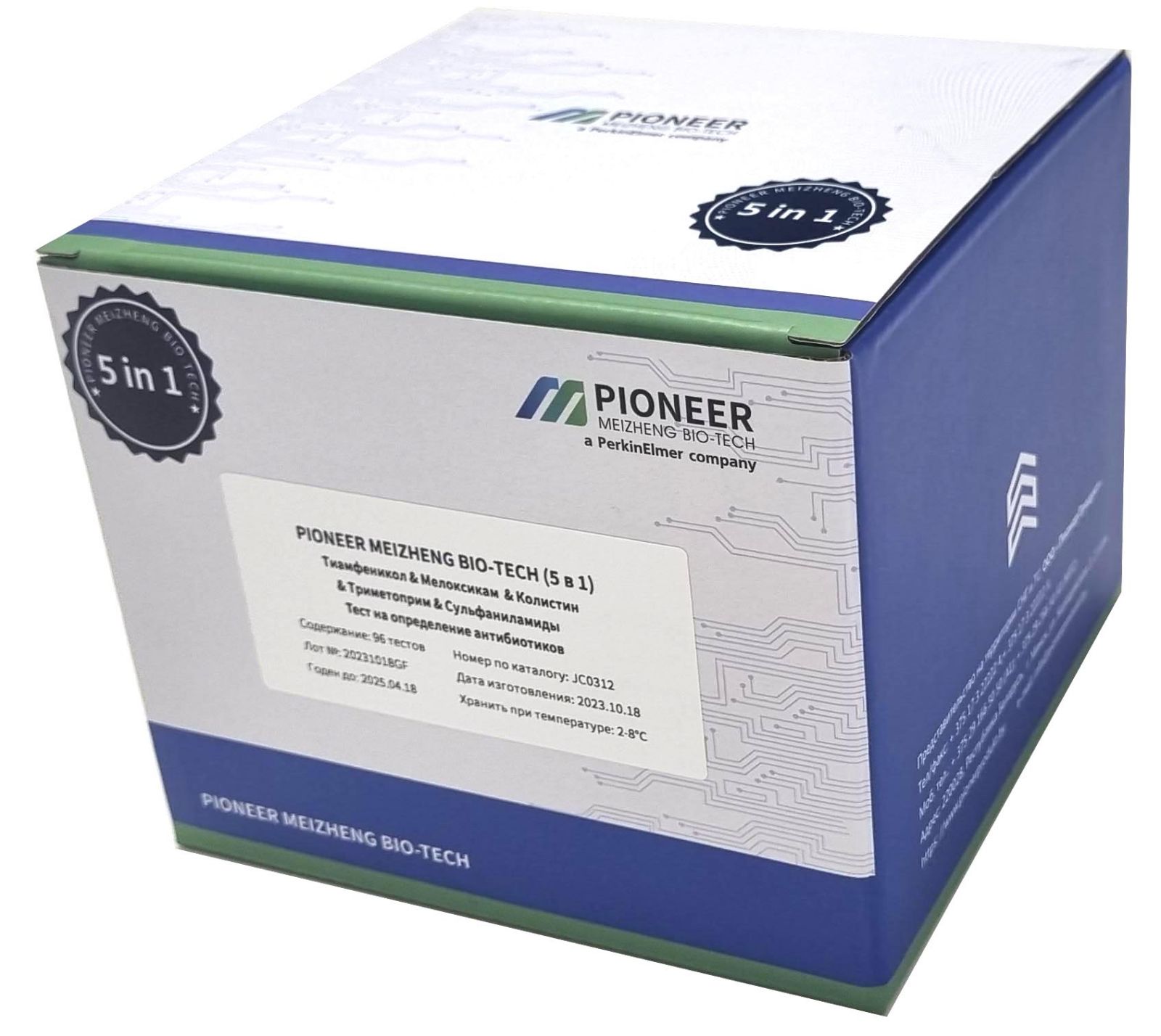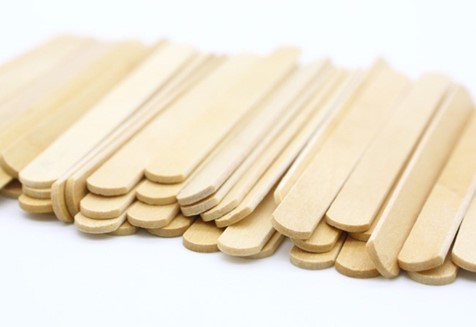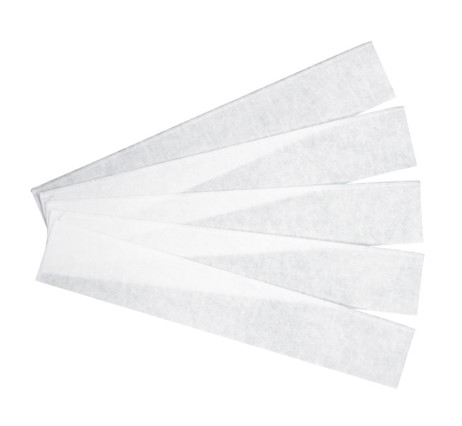The use of sunflower husks in animal feed

The husk is separated during the preparation of sunflower seeds for oil extraction during the hulling process, the meal is separated during the oil extraction by extraction, and the cake is formed if the oil is obtained by pressing. Due to the high content of protein and vitamins, these sunflower wastes are considered one of the most valuable and relatively cheap feed for farm animals.
Thus, the use of sunflower waste when fattening pigs can effectively increase the productivity of animals and at the same time reduce the consumption of nutrients. When processing sunflower seeds, in addition to cakes and meals, husks are obtained. The husk is a low-nutrient feed product that requires additional processing before feeding. The basis of the husk is fiber, which is represented by cellulose, hemicellulose, lignin, cutin, silicic acid, and pectins.
The lipids contained in the husk differ significantly in chemical composition from the fat that is part of the core. In terms of the content of palmitic and stearic acids, the husk exceeds the core, the content of oleic acid in the husk and the core is the same. Other nutrients are contained in low amounts and enclosed in a dense cell membrane impregnated with lignin and waxes, which makes them inaccessible to the action of enzymes. The digestibility of husk nutrients is: crude protein - 18, crude fat - 50, crude fiber - 10, BEV - 17. Basically, husk serves as a source of fiber and can be used by ruminants.
Crude fiber is considered a ballast substance that reduces the nutritional value of feed, but its lack in the diet is unfavorable for ruminants and adversely affects the course of many processes in the body. Fiber creates the necessary volume, physical structure, as well as friability of the feed mass. it ensures the normal functioning of the stomach, intestinal motility, is a source of volatile fatty acids. The digestion of feed carbohydrates in ruminants and the fermentation of fiber occurs under the action of enzymes of rumen microorganisms. They ferment cellulose, starch, oligosaccharides, pectins, change the nature of nitrogenous compounds and synthesize B vitamins.
The husk is added in crushed form to roughage in animal husbandry; added to feed mixtures and animal feed. It is difficult to dispose of the husk. There are other options for using sunflower husks, for example, as a raw material in the production of furfural, fodder yeast and ethyl ALCOHOL; used in horticulture as an organic fertilizer, used to produce biogas.
Read together with it:
- Беларусь и Алтайский край намерены увеличить биржевую торговлю сельхозпродукцией23 октября, Минск. Поставки белорусской мясомолочной продукции в Алтайский край и закупки зерна и семян для аграрного сектора Беларуси определены в качестве магистральных направлений сотрудничества в сфере электронной биржевой торговли. Такая договоренность достигнута по результатам встречи представителей Белорусской универсальной товарной биржи с делегацией деловых кругов Алтайского края, которая...
- Russia will begin exporting poultry meat to West Africa.This announcement was made by the company's Senior Vice President, Dmitry Antonov, at a session dedicated to cooperation between RUSSIA and West African countries in the agro-industrial complex, held as part of the "Golden Autumn 2025" exhibition. In 2023-2024, the holding company already supplied over 11,......
- The global price of meat has reached a historic high, rising sharply over the past year.The Food and Agriculture Organization of the United Nations (FAO) food price index , which measures monthly fluctuations in the global prices of a basket of five food commodities, has shown that MEAT prices have risen by almost 10% since the beginning of the year. In August, the average score for the meat category, which includes beef, pork, poultry, and lamb products, was nearly 128 points, a rec...
- Azerbaijan entered the top three largest buyers of forest products at the Belarusian Commodity Exchange (BUCE).October 16, MINSK . Azerbaijan has become one of the top three largest buyers of forest products on the Belarusian Universal Commodity Exchange (BUCE), the BUCE press service told BELTA. Based on the results of the first nine months of 2025, Azerbaijani companies ranked second in terms of forest product purchases on the Belarusian Universal Commodity Exchange (BUCE). Residents of CHINA and Uzbekis...
- Chinese scientists have discovered a new natural meat preservative.In an experiment, cinnamon oil effectively inhibited the growth of Shewanella putrefaciens, a microorganism responsible for the decay of protein products even at low storage temperatures. Even at minimal concentrations, the oil inhibited bacterial growth, damaged their internal and external membranes, disrupted cell integrity, and caused protein and nucleic acid leakage. Additionally, the essentia...
- BUCE participates in educational projects to develop exchange trading between Belarus and Russian regions.Photo by BUCE, October 14, MINSK . In accordance with a cooperation agreement with the EXPORT Support Center of the Krasnodar Territory, the Belarusian Universal Commodity Exchange (BUCE) joined the "Export Academy" educational project, aimed at improving the export efficiency of the region's businesses. This was reported to BELTA by the BUCE press service. The project's target audience is export-...
- Ivanovo Oblast became one of the largest importers of dairy products through BUTBOctober 9, MINSK . The Ivanovo Region has become one of the largest importers of dairy products through the Belarusian Universal Commodity Exchange. This was reported to BELTA by the press service of the Belarusian Universal Commodity Exchange. The Ivanovo Region is among the top ten regions in RUSSIA for importing dairy products through the Belarusian Universal Commodity Exchange. Over the first ...
- The Chelyabinsk region will increase food supplies to Uzbekistan.Челябинская область готова наращивать поставки агропродовольствия в Узбекистан. Об этом заявил заместитель губернатора – министр сельского хозяйства Челябинской области Алексей Кобылин на встрече с представителями делегации Джизакской области в правительстве региона. Как стало известно, после некоторого спада в 2......
- Dairy plants in the Chelyabinsk region operate under the Honest Sign system and receive subsidies.The region is continuously modernizing its dairy farming and processing industries, supported by government subsidies. In 2025, eight dairy plants in the region were selected and will receive 34.7 million rubles to reimburse the costs of previously installed labeling equipment within the "Honest Sign" system. Automation and digitalization of production align with the goals of the national project ...
- BUTB accredited the first brokerage company in SerbiaOctober 4, MINSK . A Serbian company has been awarded a broker certificate on the Belarusian Universal Commodity Exchange (BUCE) for the first time, the press service of the BUCE told BELTA. Professional trading participant status was granted to a Serbian food producer, importer, and distributor, which has been regularly purchasing powdered MILK and butter on the Belarusian exchange for over two y...




























































